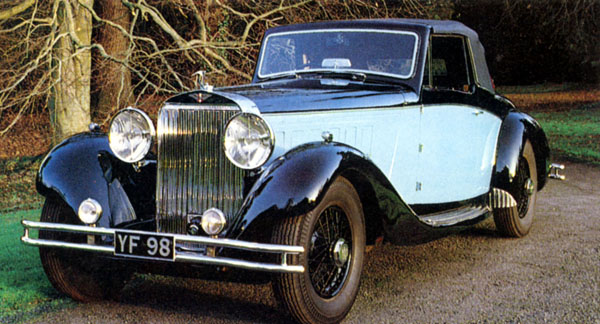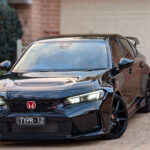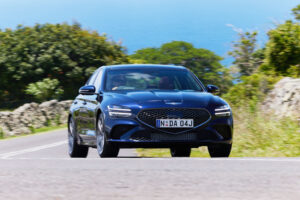
1932 Hispano Suiza Type 68
Hispano-Suiza cars followed designs developed over a long period and intended for a
specific performance and purpose. They were not built to a price in the conventional way
and were representative of the very best in automobile design and construction. As such
they could best be compared with Bugatti’s cars which were hand-built using very labour-
intensive methods.
The Hispano-Suiza was marketed around the same period as the Bugatti Royale.
However, whilst the Royale had a very limited production believed to be around six or
maybe seven cars, Hispano-Suiza built and sold a car comparable in both size and style to
the Royale and was able to find at least 110 wealthy customers prepared to part with their
money for the sake of owning one.
The V-12 Hispano-Suiza was really good value for money and proved a far more usable
car than the Bugatti.
The Hispano-Suiza was powered by a ‘square’ 60-degree 9425 cc V-12 engine, equipped
with pushrod overhead valves instead of the single overhead camshaft used in the H6
series. It also used cylinder blocks with fixed-head aluminium castings and screwed-in
nitralloy liners common to Hispano-Suiza aero engines.
Other features taken from their aero engines included sodium-cooled exhaust valves and
a nine-bearing crankshaft. It developed 164 kW at a leisurely 3000 rpm and was capable
of pushing the Type 68 coupe from 0 to 96km/h in just 12 seconds and on to a top speed
of around 175 km/h.
The type 68 came in four chassis lengths: 3430 mm, 3658 mm, 3810 mm and 4115 mm.
Because of the size of its engine around half of this length was bonnet. One can conclude
from this that passenger accommodation was certainly not a feature of this car! The type
68, which was produced in Barcelona, Spain was definitely a driver’s car. It could easily
cover 160 kilometres in an hour, even though it only had a standard three-speed
transmission.
In right hand drive models the gear change and handbrake levers were located on the
driver’s right side which might have taken a lot of getting used to. The Rothschild coupe
with its fastback roofline was the snappiest version of this car. The roof section above the
driver’s seat was removable and its fastback roofline with no rear quarter panel windows
gave absolute privacy to the rear-seat passengers.










